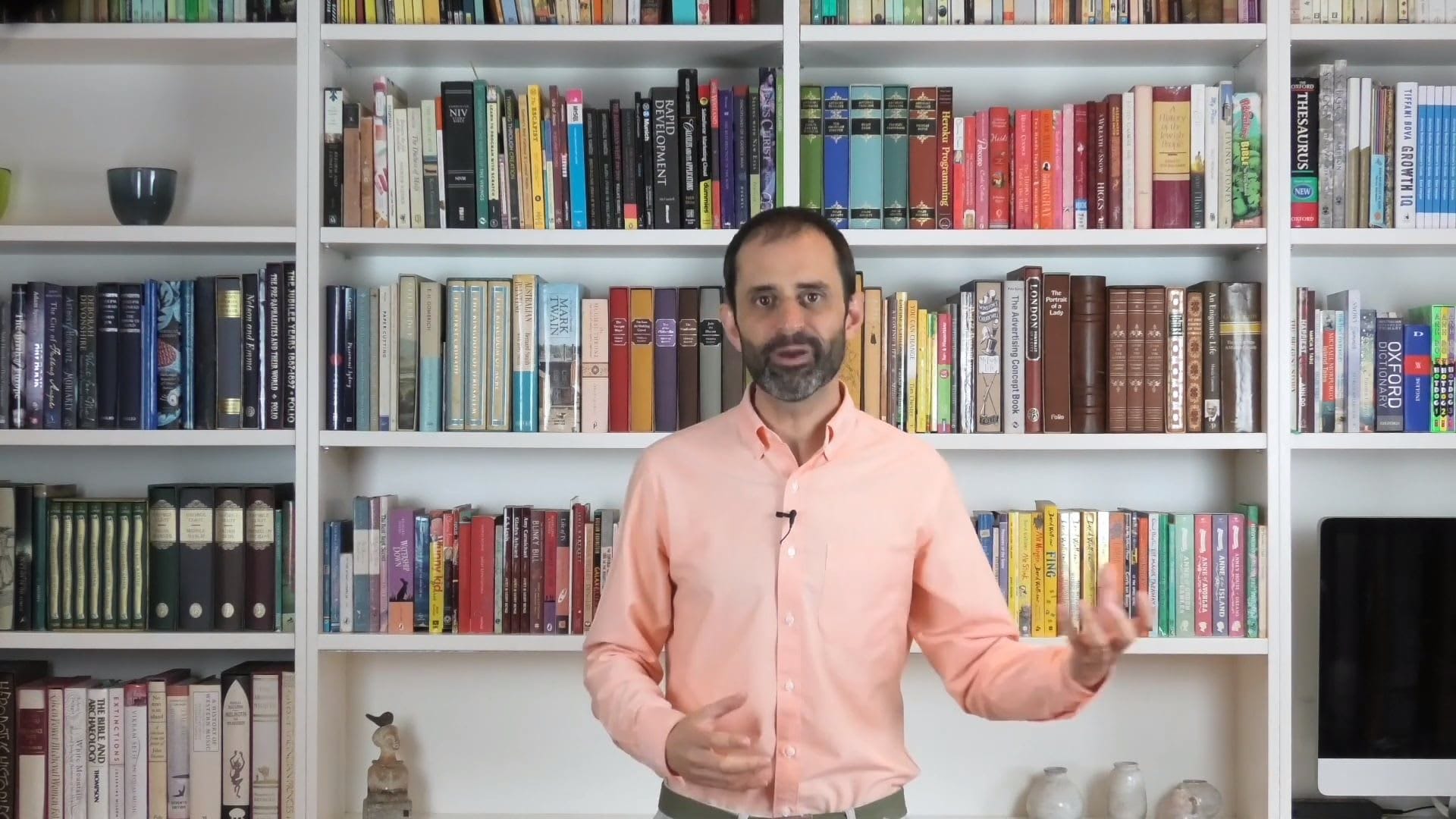
Overview
Auto-suppression lists enable you to prevent specific email addresses from receiving email messages from Marketing Cloud. In this episode, I explain different use cases for auto-suppression lists and how they can be used to automate list management.
Transcript
Hello and welcome back to mcChat. In this episode, we’ll look at Auto-Suppression lists in Salesforce Marketing Cloud.
Auto-suppression lists enable you to prevent specific email addresses from receiving email messages from Marketing Cloud. Essentially, they serve as a do-not-contact list for your emails.
And while you can suppress Subscribers from receiving a specific email by selecting an exclusion list or suppression list at send time — auto-suppression lists, as its name implies, automatically suppresses email addresses from being sent an email without requiring the user to manually select a list.
You can create auto-suppression lists from the Admin section in Email Studio. And these lists can be defined to suppress email addresses either by sender profile or send classification. You can also assign an auto-suppression list across an entire enterprise or to specific business units.
There are several use cases for auto-suppression lists. Perhaps you are currently migrating from a different email platform to Marketing Cloud and want to ensure that email addresses who have unsubscribed from your previous platform aren’t sent an email from Marketing Cloud. Or perhaps you want to ensure that any dormant or cancelled customers don’t receive an email.
One other use case is to build in a fatigue rule for sending. Perhaps you don’t want to over-contact Subscribers, or you want to give Subscribers an option to receive less emails.
In this custom preference centre, Subscribers can choose to receive fewer emails, which is a good alternative to unsubscribing all together.
When a user selects this option, their email address can be added to a Data Extension, which would be used in conjunction with a Query Activity in an automation to temporarily add their email address to an auto-suppression list, based on when they last received an email (which you can determine from the Sent Data View).
Then you can either use Import Activity to import a data file of email addresses into an auto-suppression list, or use a Script Activity to programmatically add records to the auto-suppression list. These lists are effectively Data Extensions, so you can use interact with them in the same manner.
I typically use the WSProxy object to add and delete email addresses from an auto-suppression list. You can find my code examples and others on Salesforce Stack Exchange.
Well, thanks for watching and don’t forget to subscribe to this video channel to for more tips in working with Salesforce Marketing Cloud!